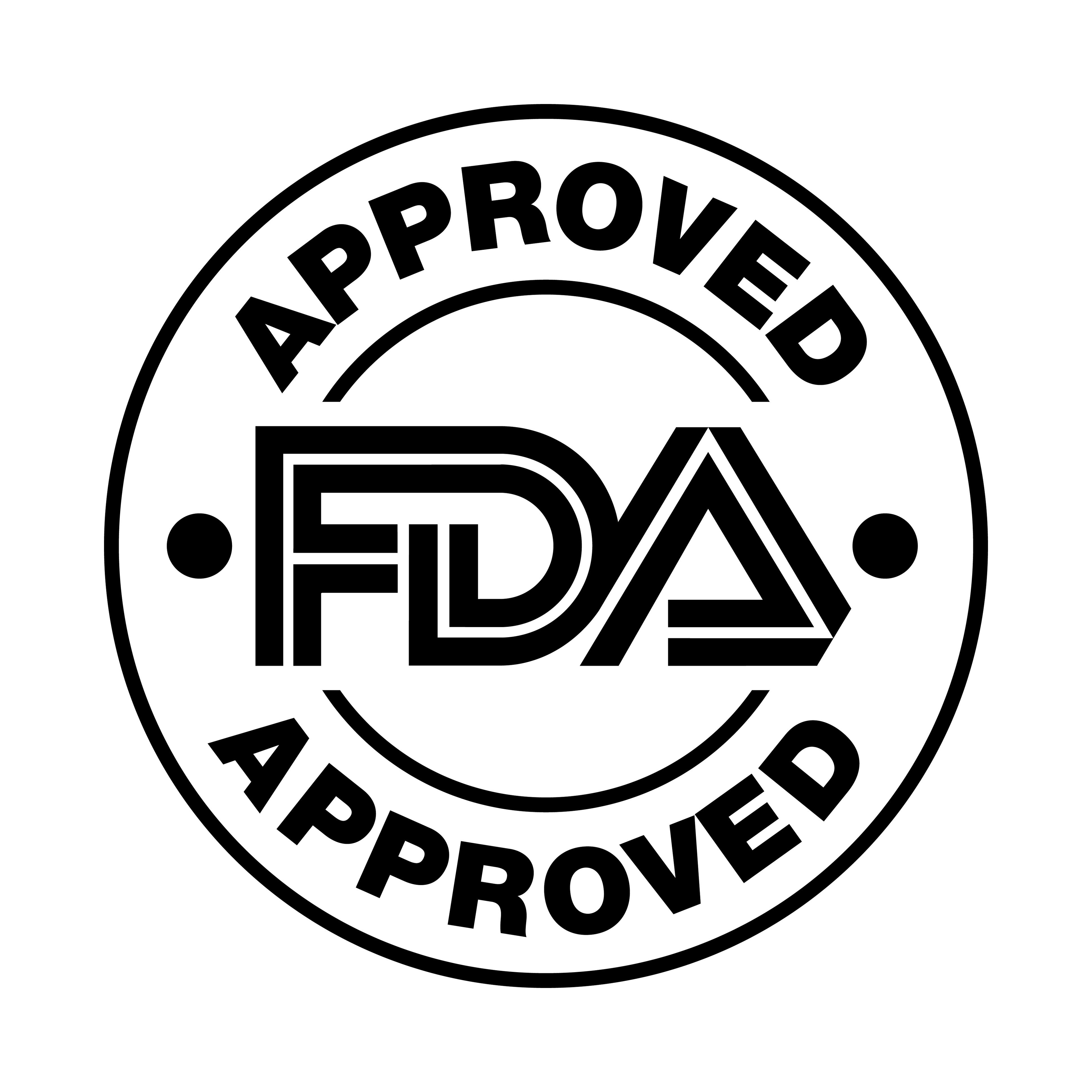FDA expands label for lipid injectable emulsion to preterm and term neonates
Approximately 40% of patients who receive PN in the United States as an intravenous source of nourishment are under 18 years of age.
FDA expands label for lipid injectable emulsion to preterm and term neonates | Image Credit: © Calin - © Calin - stock.adobe.com.

The FDA has approved an expanded label for lipid injectable emulsion (Clinolipid; Baxter International) to be used in pediatric patients, including preterm and term neonates, according to a press release from Baxter International.1
Lipid injectable emulsion is Baxter’s proprietary mixed oil lipid emulsion used to provide calories and fatty acids in parenteral nutrition (PN) when oral or enteral nutrition is insufficient, contraindicated, or not possible. Since 2019, lipid injectable emulsion has been available for adults in the United States. Now, according to the company, lipid injectable emulsion is available for use in all ages.1
“Expanding access to [lipid injectable emulsion] for this critical and vulnerable patient population offers clinicians versatility in choosing the product that best meets their patients’ needs when it matters most,” said Cecilia Soriano, president, global Infusion Therapies and Technologies division, Baxter International in a statement.1
Approximately 40% of patients who receive PN in the United States as an intravenous source of nourishment are under 18 years of age. Lipid injectable emulsion contains the lowest amount of soybean oil (20%) and highest amount of olive oil (80%) of any mixed intravenous lipid emulsions (ILEs) available in the United States currently, stated Baxter.1
A phase 4 study completed on November 11, 2022 (NCT04555044) evaluated the risk of developing essential fatty acid deficiency (EFAD) in pediatric patients receiving either lipid injectable emulsion, USP 20% or standard-of-care soybean oil-based lipid emulsion (intralipid).2
The randomized, double-blind, controlled trial featured 101 individuals aged 0 to 17 years. Fifty participants were randomized to receive lipid injectable emulsion and 51 to receive intralipid. In the lipid injectable emulsion group (68.0% male), 47 participants were preterm neonate (<37 weeks), 2 were full term neonate (=37 weeks to <1 month), and 1 was aged 1 to 10 years.2
The primary outcome was number of participants to develop EFAD defined by Holman Index > 0.4. “Holman Index is the plasma Triene:Tetraene ratio, specifically 5,8,11-eicosatrienoic acid [mead acid] to 5,8,11,14 eicosatetraenoic acid [arachidonic acid, [ARA] ratio,” according to results published on the ClinicalTrials.gov website.2
Lipid injectable emulsion 20% was intravenously administered among 50 participants in the hospital setting from 7 up to 90 days using a syringe pump or an infusion pump as appropriate for the daily volume of infusate. Flow rate was prescribed to provide the daily dosage over 20 to 24 hours, ensuring that the maximum lipid infusion rate did not exceed 0.15 g/kg/hour. Intralipid was administered in the same fashion among 51 participants in the Intralipid group. According to posted results, no participants in the lipid injectable emulsion 20% group or the intralipid group developed EFAD defined by Holman Index > 0.4.2
For additional secondary outcome data and results from the phase 4 trial, click here.2
References:
- Baxter secures FDA approval of Clinolipid (lipid injectable emulsion) neonatal and pediatric indication. Baxter International Inc. Press release. May 13, 2024. Accessed May 15, 2024. https://www.baxter.com/baxter-newsroom/baxter-secures-fda-approval-clinolipid-lipid-injectable-emulsion-neonatal-and#_edn1
- Pediatric study to evaluate risk of developing essential fatty acid deficiency when receiving Clinolipid or standard-of-care lipid emulsion (Part A). ClinicalTrials.gov. Updated December 27, 2023. Accessed May 15, 2024. https://clinicaltrials.gov/study/NCT04555044